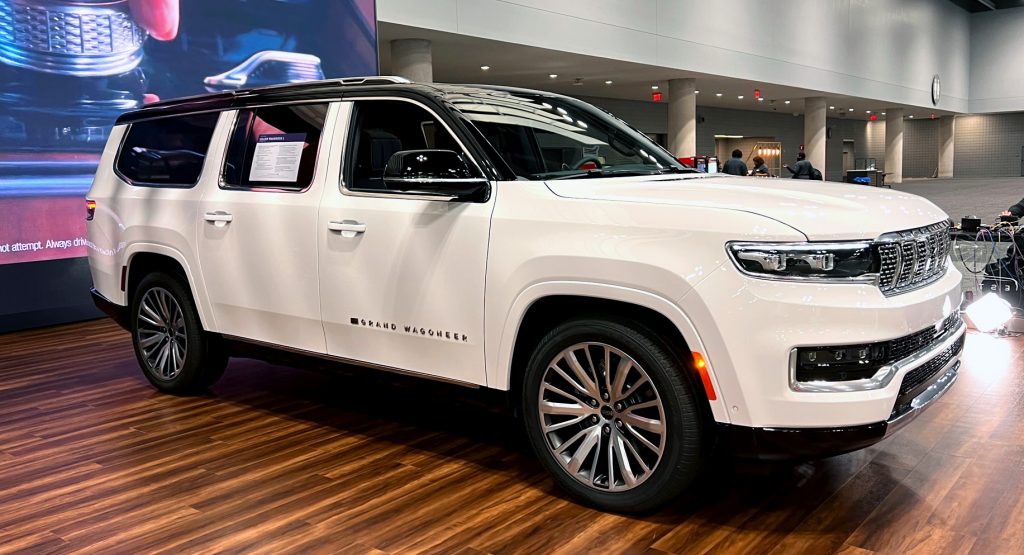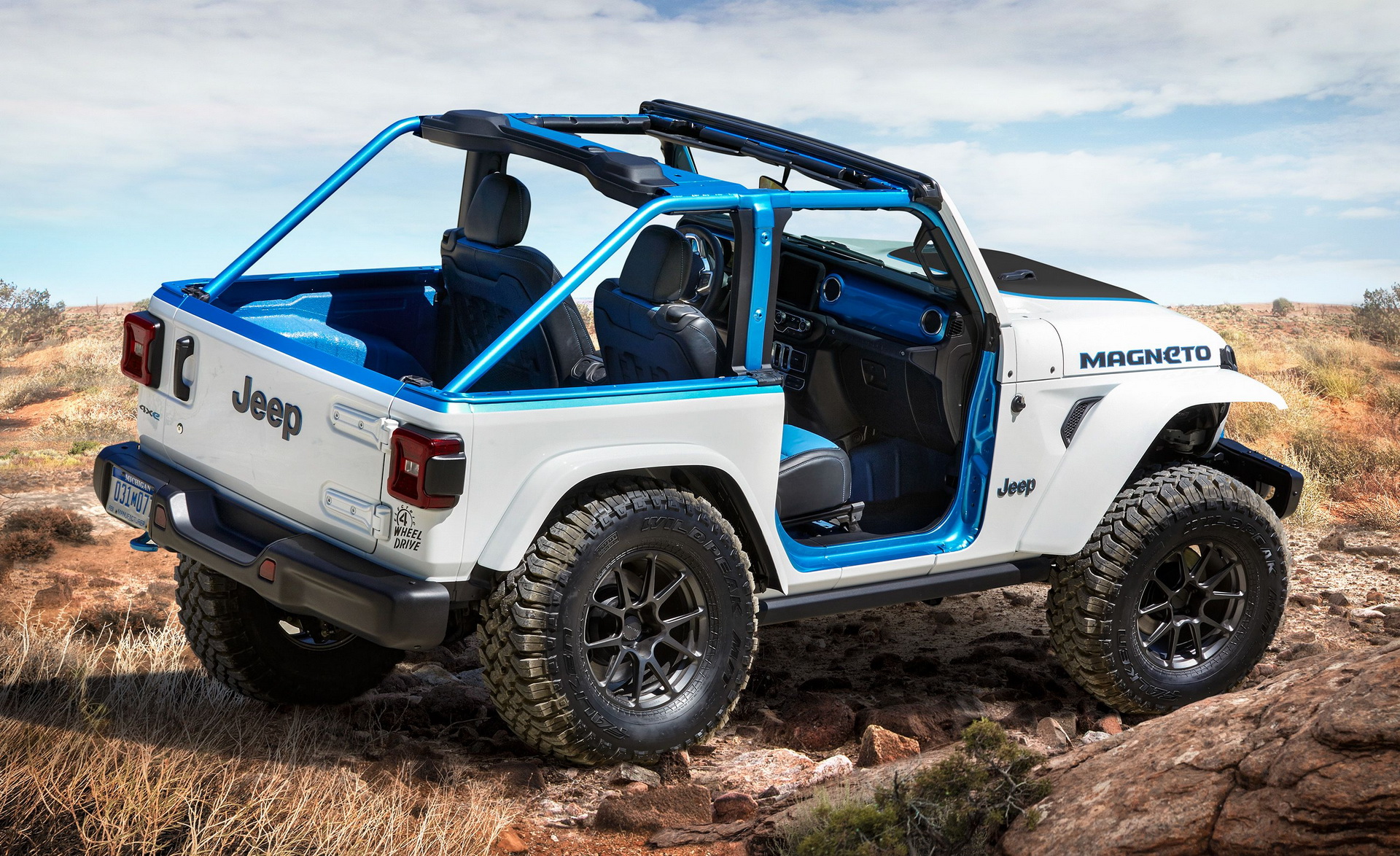Jeep has ambitious goals for electrified models to account for 70 per cent of all its sales by 2025 and in a bid to make this a reality, it’s partly funding its electric future with the profits generated by powerful new ICE models.
Earlier this month, Jeep introduced the new Wagoneer L and Grand Wagoneer L. These models feature a new 3.0-liter twin-turbocharged inline-six engine dubbed ‘Hurricane’ that pumps out up to 510 hp and 500 lb-ft (678 Nm) of torque.
While recently speaking with Bloomberg, Jeep global head Christian Meunier acknowledged that the industry is in a transition period and that there is still a need for powerful combustion engines like the Hurricane.
Read More: Elongated 2023 Jeep Wagoneer L And Grand Wagoneer L Gain 12 Inches And Inline-Six Turbo
“We’re in a transitional period and there are customers that have some needs,” he said. “The vision is zero emission freedom, period – that’s where we’re going for Jeep. The problem is you can’t do that overnight.”
Bloomberg notes that Jeep is playing catch-up with the rest of the industry. Stellantis as a whole has been at the bottom of the Environmental Protection Agency’s fuel economy rankings for years and had a fleet average of 21.3 mpg during the 2020 model year, a far cry from the industry average of 25.4 mpg. What’s more, new rules introduced by the Biden administration will require automakers to achieve average fleet fuel efficiency of 49 mpg by 2030.
The Wrangler 4xe hybrid shows that Jeep buyers are open to electrified models. In fact, it accounts for 25-30 per cent of Wrangler sales since it was introduced in late 2020 and soon, a hybrid Grand Cherokee will hit showroom floors.
Jeep has not yet set a date for when it will go all-electric. The longer it waits, the more fuel-economy penalties it will have to pay. Last year, Stellantis revealed it was on the hook for €684 million ($741 million) to cover fuel-economy penalties.





